2020-09-08
# September 8, 2020
#unfinished
# Learnings
- The Economy of the Metaverse (Article)
- the Metaverse is going to be some sort of real time 3D social medium where instead of sending messages and pictures to each other asynchronously, you’re together with them and in a virtual world and interacting and having fun experiences which might span anything from purely games to purely social experiences.
- The other critical element of the Metaverse is it’s not just built by one mega corporation, right? It’s gonna be the work, the creative work of millions of people who can each add their own elements to it through content creation and programing and design. And the other way of adding value.
- So it will be a massively participatory medium of a type that we really haven’t seen yet.
- the critical thing with this effort is to build out not just a 3D platform and to have technical standards, but also a fair economy in which all creators can participate, make money and be rewarded in an economy with both the principles ensuring that customers are treated fairly
- But also one in which companies have the freedom to release their own content and to profit from it.
- much greater engine for economic efficiency than any of the closed systems that exist today. And that we’d ultimately get to a point where a much higher percentage of the profits go to creators than with any of these other platforms that currently exist. And that when money is going to people who are not creators, it’s really done through competitive dynamics to ensure that their costs and their profits are very, very reasonable relative to the service they’re performing.
- I think interconnecting systems is a great way to to to move forward with this. We have XBOX Live, we have Steam, there’s Nintendo switch, there’s the PlayStation Network. There are a bunch of these disconnected systems. We should start connecting them together.
- We have several different game engines, each competing really robustly. But we need standards that we can start agreeing on. And there are already some really great ones, like the Pixar USD scene format for interchanging 3D scenes. That’s one of your standards for materials. We need standards for networking so you can have a multiplayer game in which some people participating are using a client on Unreal engine and some people participating are using a client that’s built in Unity. Like really being able to create standards for an interoperability so that everybody can have access to this.
- Economic efficiency not only means a better environment for companies to do business, but also means a much fairer environment for consumers.
- First and foremost, these platforms should be truly open to competition. You can come in and say the revenue sharing should be X or Y.
- But really, the core problem here is that the revenue sharing is not determined by free market competition. If the revenue sharing is determined by free market competition, then maybe Apple and Google can charge a premium if their services warrant it. But right now, rates are completely disconnected from any competitive barometer. And so they’re not honest rates and they’re distorted and for different reasons.
- Sources/Ortographic media - Article
- context collapse: the standardization of all events, no matter how big or small, delightful or traumatic, to fit the same mashed-together timeline.
- First, what would it look like for a social media platform to re-establish perspective? To attenuate the strength of signals over distance—not geographic distance, necessarily, but other kinds? (This is obviously related to my broad interest in adding more negative feedback ( https://platforms.fyi/) to these platforms.)
- Second, in the absence of any such attenuation, I think a practical and healthy thing that any user of social media can do when confronted with a free-floating cube of news is ask: how big is this, really? Does it matter to me and my community? Does it, in fact, matter anywhere except the particular place it happened?
- Sources/The Sociology of Business - Newsletter: Outsider Innovation
- ==Brand mood== is its aesthetic universe, ideas, values, beliefs, music, the energy of people and places, the crowd it gathers and the crowd that gathers around it.
- ==Art is the opposite of hype.== Art is social and cultural critique, a constant questioning of what’s going on in the industry and in the world, exploring and preserving one’s independence while doing so. Putting something in a museum doesn’t make it art.
- Why Do We Interface? (Book)
- we should remind ourselves of how technology’s role is to serve us as humans — not to limit our humanity or to take advantage of our vices but, rather to make us more human.
- CHAPTER 1: INTERFACES ARE FOR INFORMATION
- The purpose of any interface, regardless of the technology, is to retrieve, decode, modify, and/or distribute information.
- As designers, our job is to consider information first and then the interface as the medium through which to interact with information second.
- Our job is to design communication, or rather to encode information in a way that it can be reliably decoded by another human being. This is different from the purpose of an artist who encodes meaning loosely in such a way that it can be decoded loosely in an infinite number of ways.
- the Latin alphabet is the cornerstone of the interfaces we design
- Throughtout history, each form of information technology, such as the alphabet, has corresponded with a different interface—or mechanism—to retrieve, decode, modify and/or distribute that information. Each of these evolutions in information has, in turn, corresponded with changes in human behavior, each unlocking a more effective way for more humans to maximize the utility of information.
- Each new information technology is often met with resistance and confusion in its early stages (think TikTok) as it takes shape and iterates to become an effective tool.
- Instead of encoding information via language alone, the GUI uses a much richer multilayered approach to simultaneously encode information via language, symbolism, hierarchy, and context to produce an interactive interface.
- GUI the first digital information mechanism that included affordances for how a user could utilize the encoded information
- The core purpose of a GUI is not to be pretty, but to be informative
- CHAPTER 2: DESIGN AS DANCE
- Design isn’t a march toward something known. Design, instead, is more like a dance—never done and almost always a little off the first time.
- Design is an exploration of what feels right, making iteration an essential foundation of our discipline.
- Every technology comes with drawbacks but adoption is achieved when the value outweighs the cost.
- The Cyclical Evolution of Information Encoding Methods & Interface Design
- Symbolism and Alphabets
- Graphical User Interface
- Voice-based Interfaces
- Voice + Touch Display
- CHAPTER 3: WE INTERFACE BECAUSE WE ARE HUMAN
- We interface precisely because we are human. Because we are intelligent, because we are social, because we are inquisitive and creative.
- We design our interfaces and they in turn redefine what it means to be human.
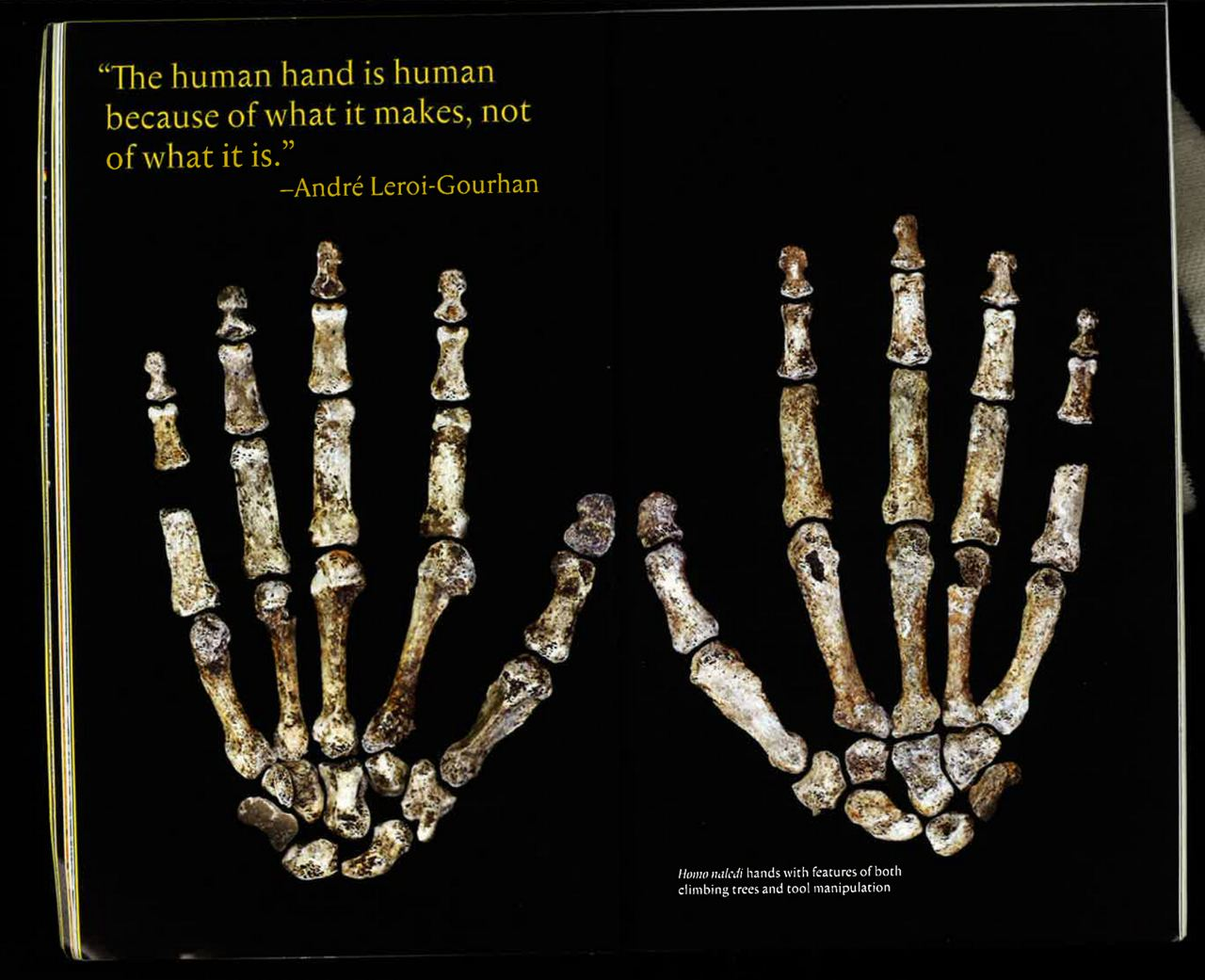
- My hope is that as we design our future interfaces we become a little less caught up in the novelty of technologies or aesthetic style and first think a bit more about what future humans we want to be.
- FINAL CHAPTER: FUTURE FANTASY OR FUTURE TOMORROW?
- By knowing the history of technology, information, design, and interfaces we can work toward a more purposeful and intentional future.
- We can ask ourselves five questions as we design these interfaces:
- How does the interface help us retrieve information?
- Is it easy to decode the information that was retrieved?
- Does the interface allow for easy and clear modification of information?
- Does the interface assist in, and clearly declare when it is going to distribute information?
- How will this interface redefine what it means to be human?
- Everyone Deserves Great Design (Book)
- 1. Why do useless products exist?
- Good intentions + wrong mindset = bad design
- Useless products are allowed to exist in this world and be distributed en mass because of nonprofits. Bad nonprofits accidentally use the nonprofit’s business model as a loophole to only satisfy their donors and ignore their customers.
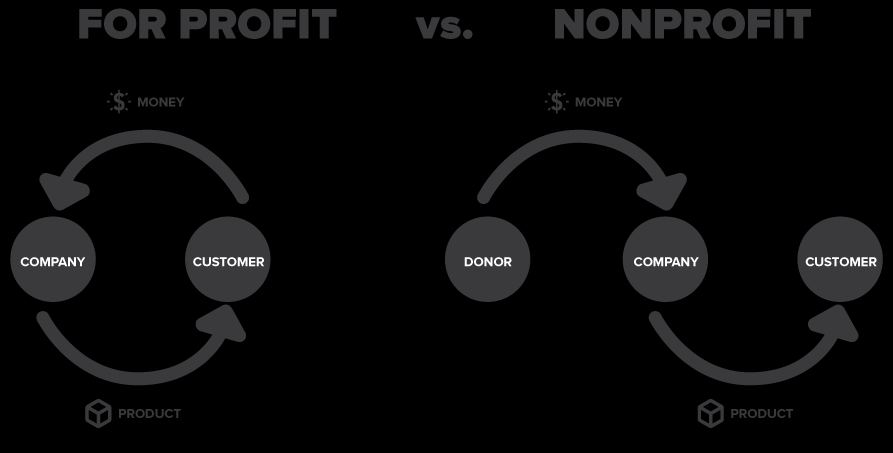
- 2. How to Prevent Useless Products
- Prevent useless products by simultaneously embracing constraints (developing world) and desires (first world)
- 4 Principles of Great Design for Everyone
- SIMULTANEOUSLY EMBRACE DESIRES & CONSTRAINTS
- MINIMIZE RESOURCE INEFFICIENCIES
- OPTIMIZE VALUE
- DIGNIFY EVERYONE
- 1. Why do useless products exist?
- 3. The World is Getting Better
- “Reverse innovation isn’t optional; it’s oxygen” Jeff Imelt, GE
- 4. Create Great Design for Everyone
- Instead of focusing on our mutually exclusive qualities, we can and should focus on our mutually inclusive qualities. (E.g. people first over poverty)
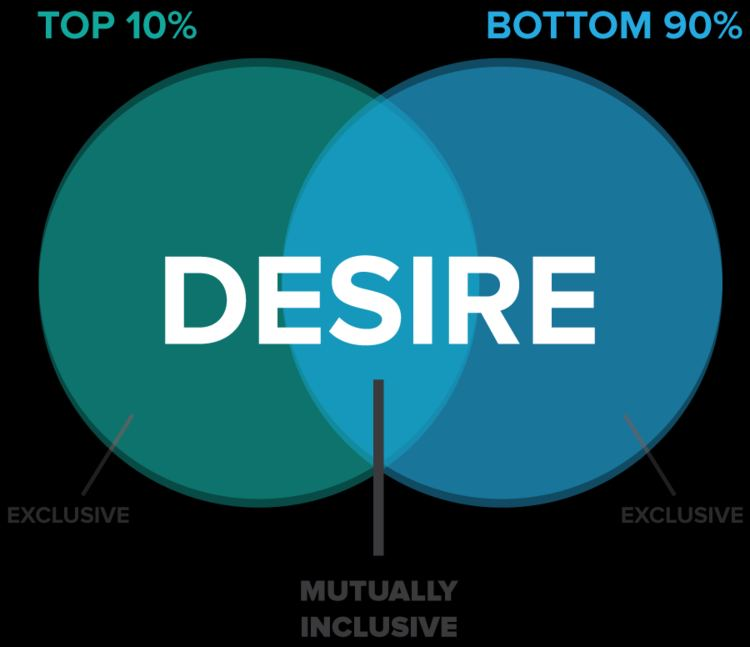
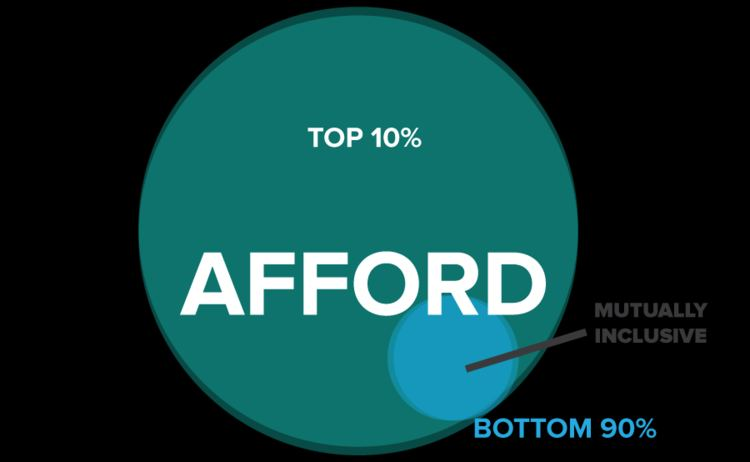
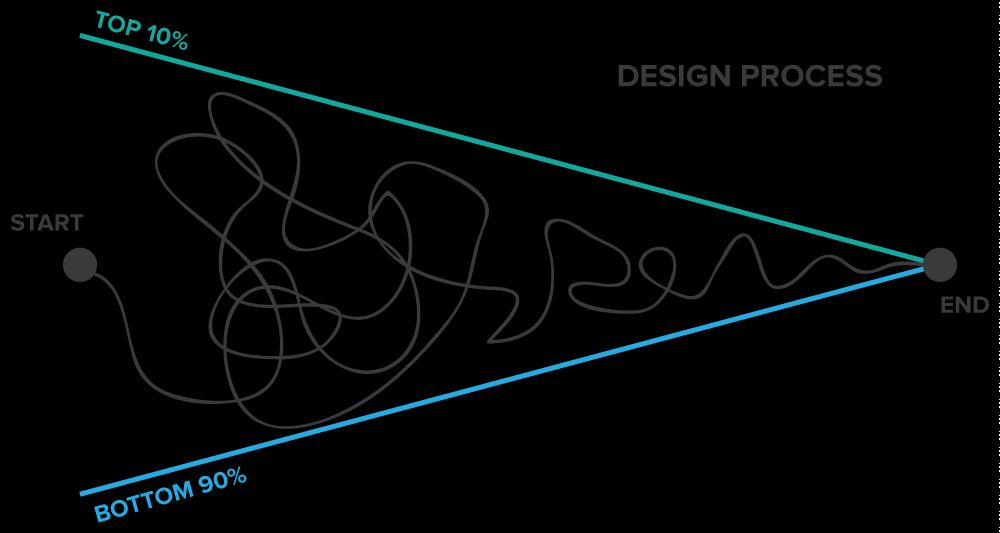
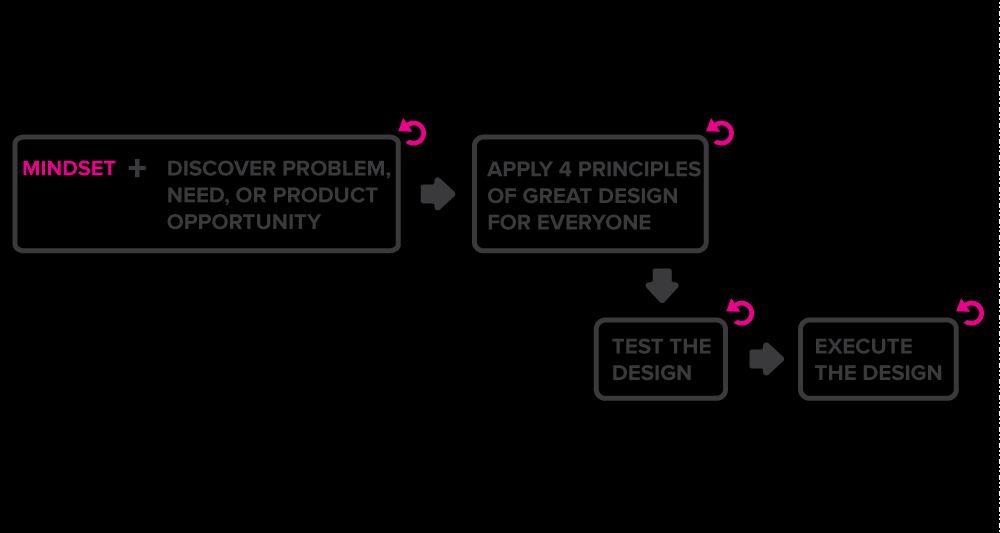

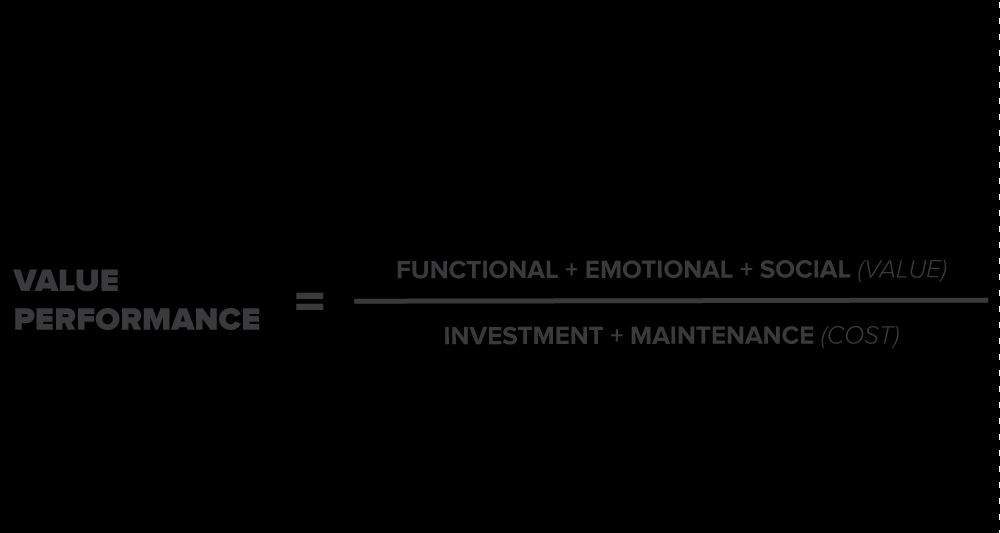
- Instead of focusing on our mutually exclusive qualities, we can and should focus on our mutually inclusive qualities. (E.g. people first over poverty)